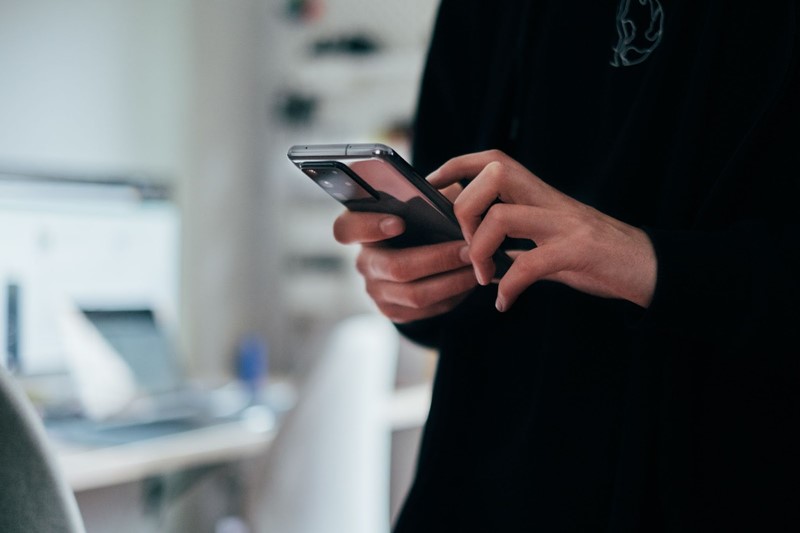Smartphones are some of the most powerful and versatile devices we use in our everyday lives.
From streaming our favorite movies and TV shows to staying connected on social media and making calls, they’re an essential part of life. However, as with any technology, there are bound to be issues that pop up over time, and smartphones are no exception.
Here are 11 common problems people encounter with their smartphones on a daily basis:
#1 – Low Battery Life: One of the most common issues smartphone users have is that their phones don’t stay charged for very long.
This can be especially frustrating when you’re away from home or work and can’t easily recharge the device. To address this issue, try charging your phone every night before bed and unplugging it from the charger once it’s fully charged.
Additionally, closing apps when not in use or turning off Bluetooth and Wi-Fi when not needed can help conserve battery life.
#2 – Slow Performance: Another frequent complaint is that smartphones slow down over time due to too many applications in the background or simply because they’re older models with outdated processors.
According to backlightblog.com, To remedy this situation, try uninstalling applications you don’t use regularly or clearing out caches that tend to disrupt performance significantly.
#3 – Overheating: As powerful processors draw more power while demanding programs like games and videos are active, they generate heat which can cause devices to overheat quickly if not monitored properly by thermal management systems within the device itself.
To prevent overheating issues, make sure your device is given adequate ventilation when running intensive apps or tasks such as gaming or watching movies for long periods of time in order to keep temperatures at bay.
#4 – Software Issues: Outdated software can interfere with functionality by preventing certain apps from working correctly or simply by causing a slower user experience overall.
Keeping up with software updates will ensure your smartphone runs smoothly as new features arrive and existing ones become optimized for better performance.
#5 – Limited Storage Space: With all of the data we gather through photos, videos, music downloads, and documents being stored on our phones, storage space becomes quite limited quickly, resulting in laggy performance if left unmanaged for extended periods of time.
To avoid this problem, delete unnecessary files regularly or upgrade to a new model with larger internal storage capabilities if available.
#6 – Water Damage: Phones tend to get wet when they come into contact with liquid, such as water spilled on them accidentally while using them outdoors. Most modern phones are equipped with water resistance ratings, so check these first before attempting any repairs yourself.
However, consult a professional service immediately if damage has been done, as further damage may occur otherwise.
#7 – Network Connection Issues: Poor signal strength can lead to dropped calls, slow internet connections, etc.
Make sure you are in a well-covered area when trying to connect online, and also restart your device occasionally in order to refresh any network settings already established.
Additionally, connecting via Wi-Fi rather than traditional cellular networks whenever possible can often improve overall connection speeds.
#8 – Security Breaches: Installing malicious software applications from third-party app stores or even getting certain images from untrusted websites can result in serious security breaches, leaving personal information exposed online, such as credit card details, passwords, and so on.
Always double-check before downloading anything online, and make sure only reputable sources are being used.
#9 – Frozen Screens: Unfortunately, screen freezing up is not an uncommon occurrence and requires close monitoring, as any unsaved progress may be lost if the phone freezes permanently without warning.
To prevent this, try turning off auto-lock settings, which will allow users more time between lock screen sessions and thus reduce the chances of frozen screens occurring due to unintentional usage delays.
#10 – Cracked Displays: Although newer models now have shatter-resistant screens, cracked displays still occur because of accidental drops or intentional force being applied during use.
In cases like these, replacement parts may need replacing depending on the severity; protective cases should always be considered as opposed to waiting until something bad happens.
#11 – Unresponsive Touchscreen: Overly sensitive screens which tend not to respond properly after light taps require calibration, which could involve visiting a repair shop if necessary.
Calibrating touchscreens helps register physical touches with increased accuracy, so ensure you are giving enough time for touchscreen inputs to be registered before dismissing them as invalid entries.





